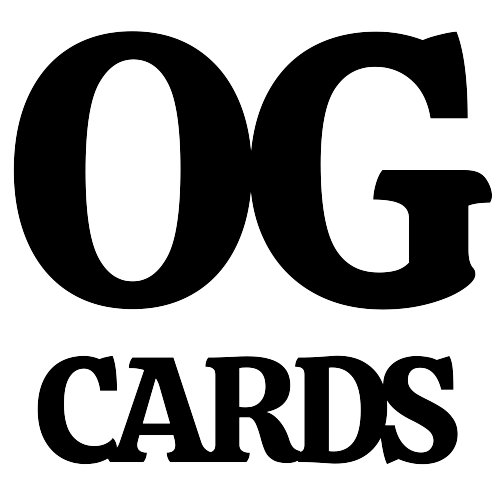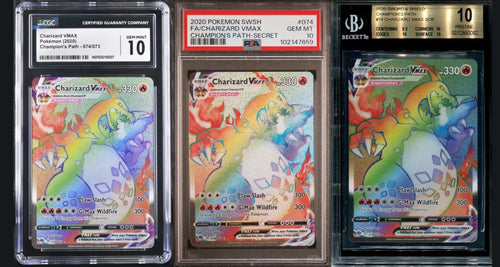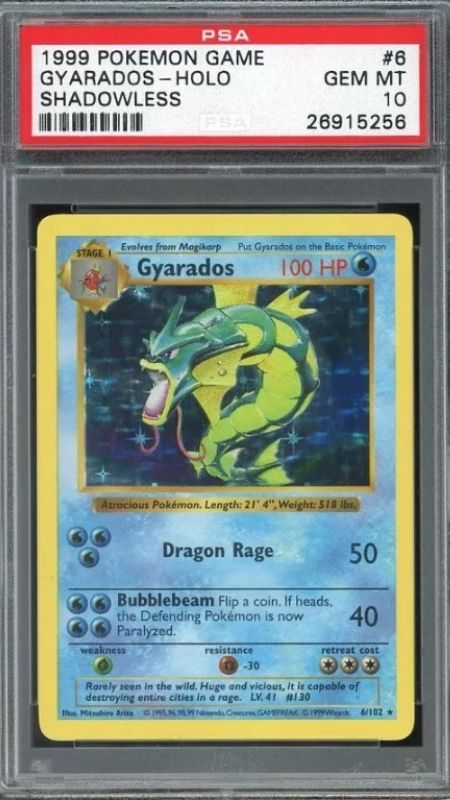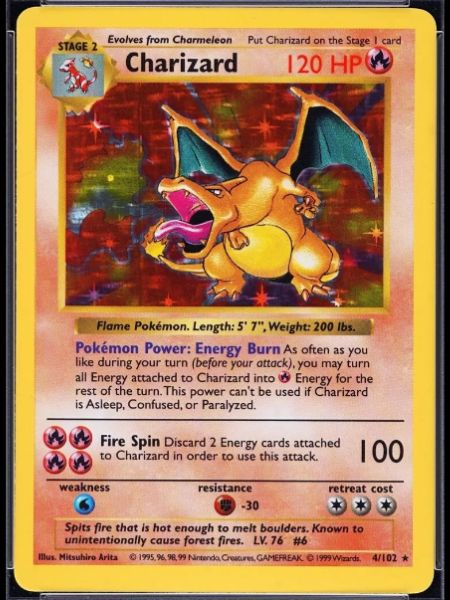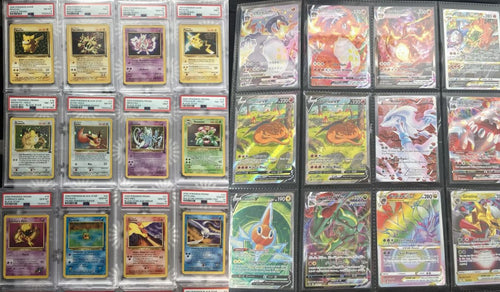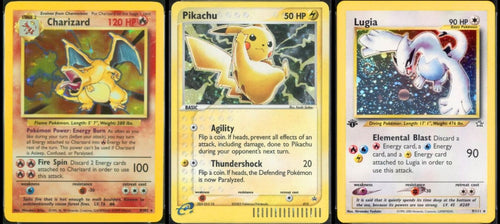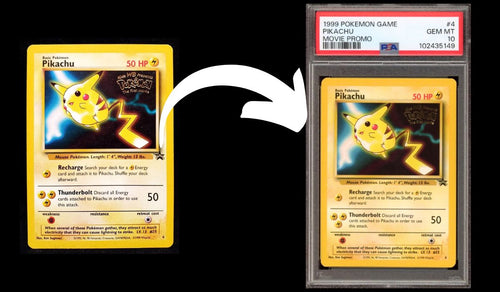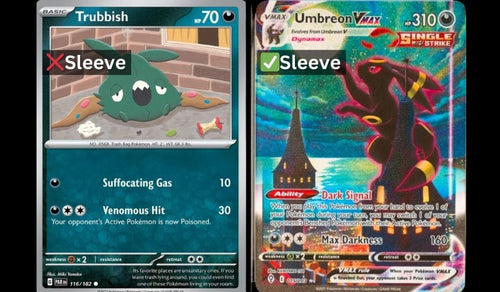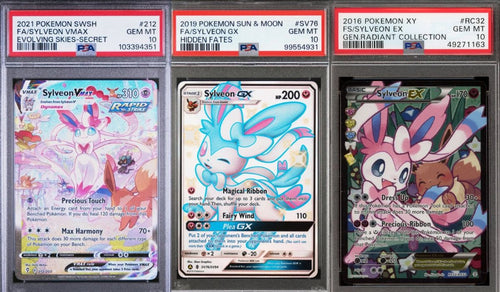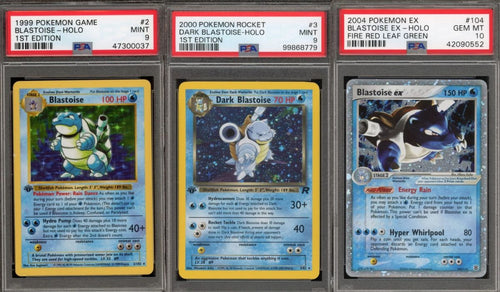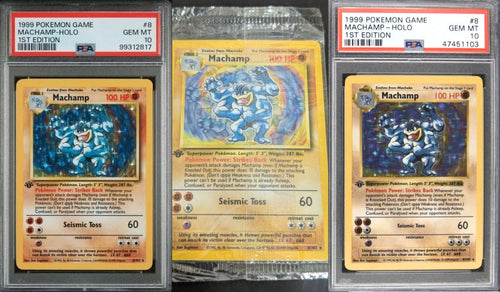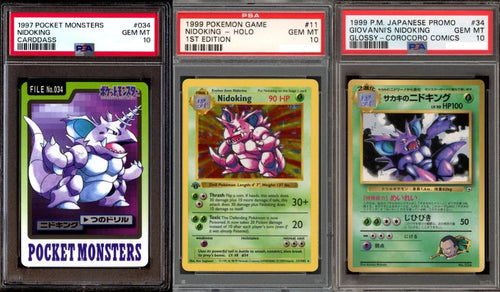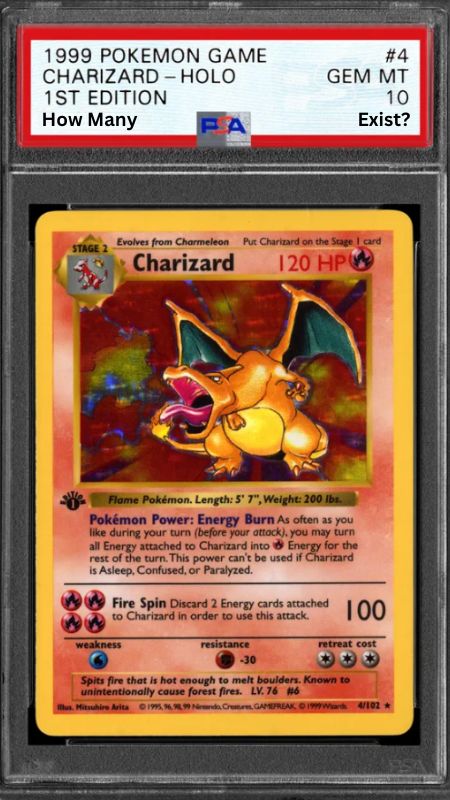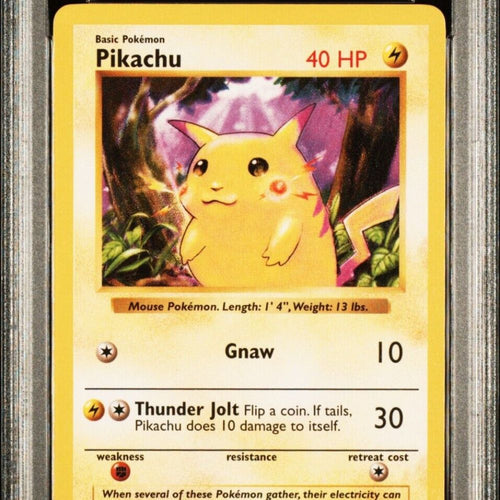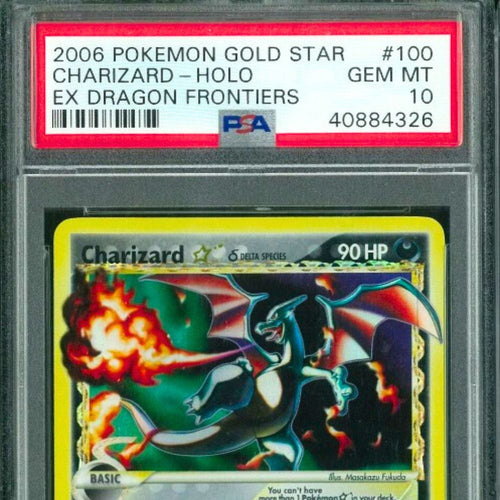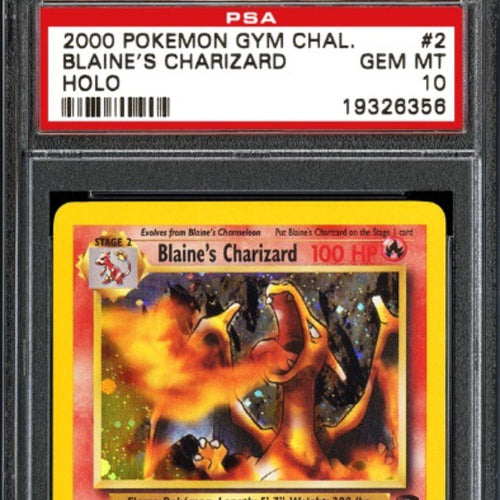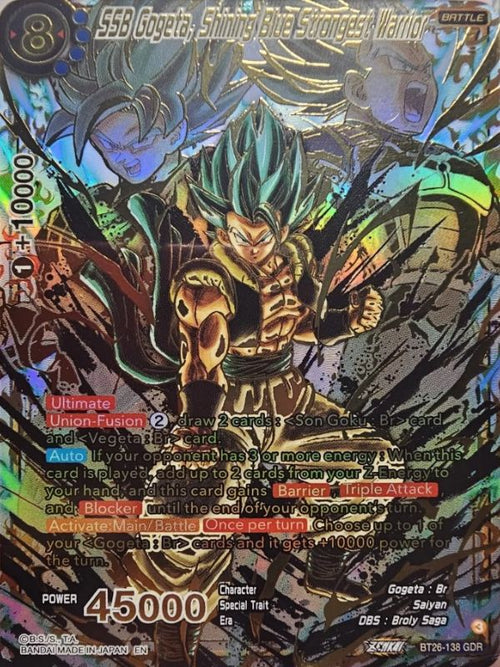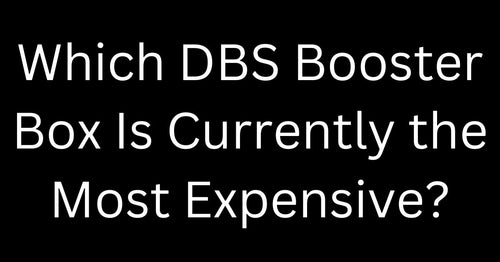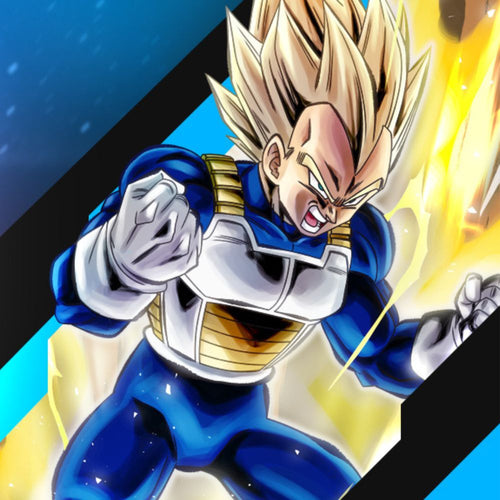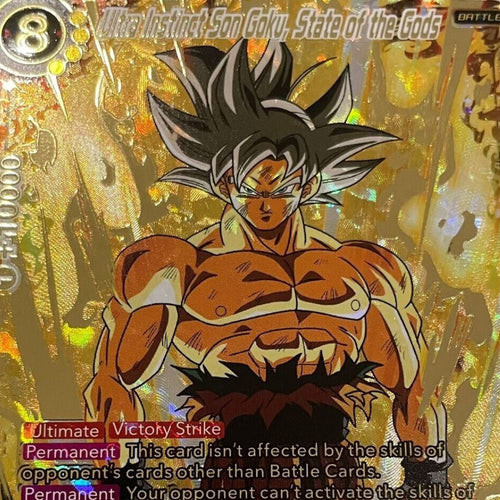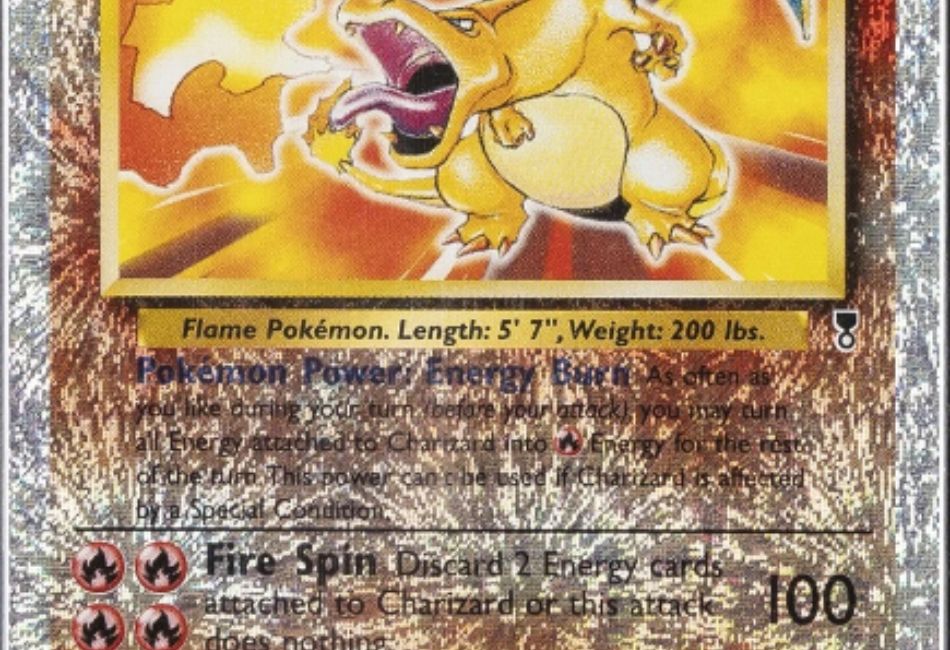
Are Reverse Holo Pokemon Cards Worth Anything?
Share
Are Reverse Holo Pokemon Cards Worth Anything?
Reverse holos have been a staple of Pokemon booster packs for over 20 years — but are they actually worth collecting? Whether you're flipping through a childhood binder or opening modern packs, you've probably run into shiny cards with a holographic border and non-holo artwork.
These are reverse holo cards, and while they might not carry the same hype as full art chase cards, some of them are surprisingly valuable.
Let’s break down what makes reverse holos special, which ones are worth money, and what to look out for if you're considering collecting or investing in them.
What Is a Reverse Holo Pokemon Card?
A reverse holo (or reverse foil) Pokemon card features a holographic effect across the card’s entire background, except for the artwork box. This is the opposite of traditional holos, where only the illustration is foil.
Reverse holos were first introduced in the Legendary Collection set in 2002 and have appeared in nearly every set since. They're a standard part of the pull rate in modern packs — usually one per pack — but their long history and variation in styles make them a deeper topic than most collectors realize.

A reverse holo card features a shiny foil background, but the artwork stays non-holo.
Are Reverse Holos Rare?
In most modern sets, reverse holos aren’t considered rare — at least not when freshly opened. You typically get one in every pack, and the slot can include any common, uncommon, or rare card.
But here's the twist: older reverse holos, especially from early EX Series, eSeries, or Diamond & Pearl sets, can be surprisingly scarce in high-grade condition. Why?
- The foil background is extremely prone to scratching
- Many players didn’t sleeve reverse holos properly in the early 2000s
- Print runs for older sets were much lower than today
As a result, gem mint reverse holos from these eras are often much rarer than their standard holo versions.
Which Reverse Holos Are Worth the Most?
Here are a few standout examples:
- Legendary Collection Reverse Holos — These have a unique “firework” pattern and are extremely popular among collectors. PSA 10s of top cards like Charizard can sell for thousands.
- EX Series Reverse Holos — Cards from sets like EX Deoxys or EX Team Rocket Returns often had a special set stamp and are notoriously hard to find in mint condition.
- Diamond & Pearl through Platinum — Some reverse holos of popular Pokemon or playable trainers fetch decent prices, especially in high grades.
While modern reverse holos aren’t typically high in value, certain rare pulls, starter Pokemon, or popular fan favorites (like Eeveelutions, Pikachu, or Charizard) can still demand a premium if graded well.

Legendary Collection reverse holos are some of the most iconic and valuable in the hobby.
Are Reverse Holos Worth Collecting?
Absolutely — especially if you focus on specific sets or themes.
Reverse holos offer a fun and relatively affordable way to:
- Complete full master sets
- Collect every card of your favorite Pokemon in every holo style
- Hunt low-population PSA 10s that many people overlook
They’re also a great niche for collectors who enjoy the thrill of chasing tough grades, as many older reverse holos are almost impossible to find in perfect condition.
Final Thoughts
Reverse holos may not be the flashiest cards in the hobby, but they hold a unique place in Pokemon’s printing history. While most modern reverse holos won’t make you rich, older ones — especially in top condition — can be incredibly valuable.
Whether you’re collecting for nostalgia, set building, or long-term investment, reverse holos are absolutely worth paying attention to.
Frequently Asked Questions About Reverse Holos
Are reverse holo Pokemon cards worth money?
Some reverse holo cards are worth money, especially older ones from sets like Legendary Collection, EX Series, or Diamond & Pearl. Modern reverse holos are typically less valuable but can still be collectible if they feature popular Pokemon or are in gem mint condition.
What’s the difference between a reverse holo and a regular holo?
A regular holo has a shiny illustration box and a plain background, while a reverse holo has a shiny background and a non-holo illustration box. The foil placement is reversed — hence the name.
Are reverse holos rarer than holo cards?
Not always. Reverse holos are more common in modern packs but can be harder to find in mint condition, especially older ones. Some reverse holos are actually rarer than their holo counterparts due to print scarcity and condition sensitivity.
When were reverse holos first introduced?
Reverse holo Pokemon cards were first introduced in the 2002 Legendary Collection set. They have since appeared in nearly every set and are now a regular part of modern booster packs.
Should I grade my reverse holo cards?
You should consider grading reverse holos if the card is older, features a popular Pokemon, and appears to be in gem mint condition. This guide explains when it's worth it.
